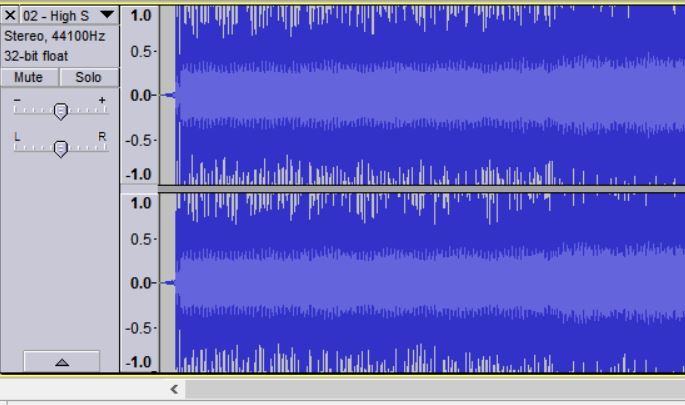Actually, I disagree. The LU DR Roon chose to use does not provide me with what I am looking for; and that is, a quick and easy way to check the relative compression between differing masterings. It doesn’t have to be perfect, but I know, if I see a 7 on the crest DR that the mastering it is going to be compressed. The Roon LU DR does not provide this.
Take this for example.
Betty Who
Album Roon LU DR of 7, and a creast DR of 6. The album is good but a modern compressed mess.
Chicago II
Steve wilson mix
Album Roon LU DR of 7 as well and a crest DR of 12. So both are LU DR of 7 in Roon. It is NOT a compressed mastering.
So, Is 7 a good DR? A bad DR? Can’t tell and that is the problem. Especially since, one really is a compressed mess and the other is not. Lets take a look at a specific track from each, and compare LU DR, crest DR, and its waveform courtesy of Audacity.
Betty Who. Track has an LU DR of 4.4 and a crest DR of 5 and this is its waveform:

Seems like it is in line to indicate bad compression, DR 7 and all. However,
Here is a track from Chicago II Steve Wilson Remix, it has a LU DR of 3.8 (worse than the Betty Who track) but a crest DR of 12 and this is its waveform:
Seems like a much less compressed waveform. But you can’t tell that from Roon’s LU Readings. In fact, they would indicate that the Betty Who track has LESS compression than the Chicago track.




